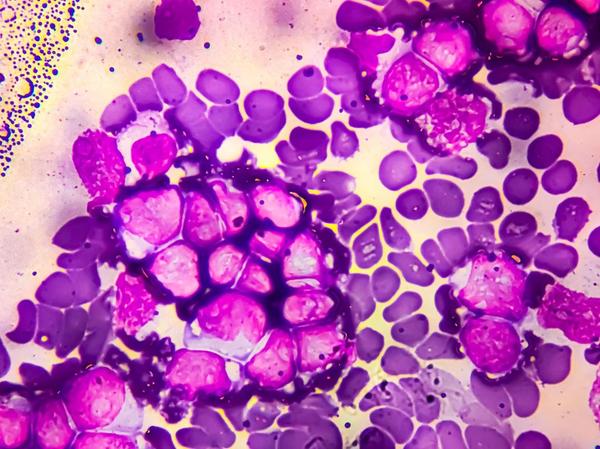

Science writer and editor
As a writer, I am passionate about making complex topics easy to understand. I specialize in writing about health + medicine and the environment, but I've written about many different areas of science.
Currently, I do contract writing work with two different branches of the National Institutes of Health--the National Cancer Institute and the National Institute for Neurological Disorders and Stroke.
In the past, I've worked as a journalist covering regulatory affairs of pharmaceutical manufacturing for the business intelligence publication Pink Sheet. I've also freelanced for outlets such as Mongabay, HealthDay News, and Elsevier's PracticeUpdate.
In 2020, I earned an MA in Science Writing from Johns Hopkins University.
Growing up in Hawai'i spurred my interest in the environment, as well as health and medicine, and the intersection of those two fields. However, I'm an innately curious person, and I manage to find stories to write about in nearly any subject.
I'm an avid traveler and amateur photographer, and I'm interested in mental health and personal development. I earned my undergraduate degree in Psychology and I've also earned a 200 hour yoga teaching certification.
Lastly, I sell art prints and original paintings through my small business, Evening Glow Fine Art.
